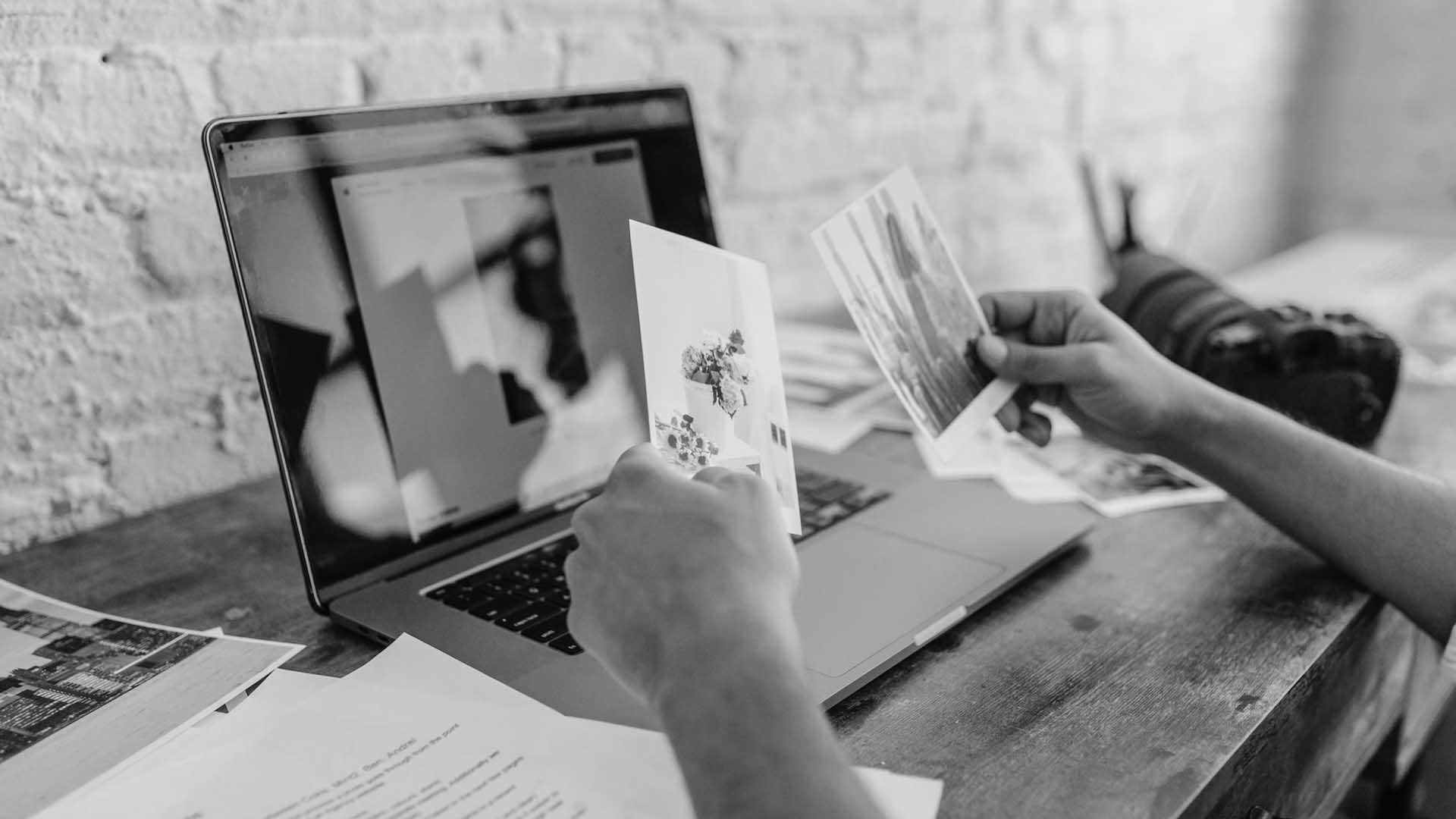|
Getting your Trinity Audio player ready...
|
Are you looking for design examples for your latest project? Design plays an important role in the success of any creative work. It influences how customers perceive a product, service or brand and can determine whether they’re more likely to buy it. But what exactly makes good design?
Good design is both attractive and practical — it’s engaging but easy to use. To get started with designing, designers need to become familiar with some basic principles and learn how to apply them around a variety of projects.
Fortunately, there are a lot of examples that can help people understand the fundamentals of design more quickly and clearly.
Design examples make the complex process of creating designs easier by providing designers with inspiring visuals and helpful tips on how to create something effective.
In this article, we’ll discuss why understanding design examples is essential for designers, provide an overview of some common design elements in various industries, and offer concrete suggestions for finding inspiring visuals that you can use as inspiration for your own projects.
Design
Design is the shaping of ideas, whether the physical world we live in, the experiences we enjoy or the systems that underpin how we live our lives.
10 Great Design Examples
Whether you’re a new or professional designer, sometimes you need inspiration to spark your creativity. That’s why we’ve compiled a list of popular design examples that can serve as a source of inspiration.
These examples come from various popular sources and have been ranked based on their popularity and reviews from top-rated graphic designers.
These design examples can not only inspire new designers but can also provide assistance to professional designers. By reflecting on contemporary designs and seeing what has worked well for others, designers can gain new ideas and perspectives, leading to even more creative and impactful designs.
So, if you’re feeling stuck or just need some fresh inspiration, be sure to check out these design examples.
1. Brand design
Brand design is a crucial aspect of any business that helps establish a consistent and recognizable brand identity. A brand designer’s role involves setting guidelines and best practices that a company can use across all its branded materials. This helps communicate the personality, tone, and core messaging of a company and involves a lot of strategies.
The scope of brand design work is vast, including but not limited to:
- Logo design and usage guidelines
- Designing letterheads, icons, and illustrations
- Selection of brand colors and usage guidelines
- Typography and font selection guidelines
- Templates that follow brand guidelines for use by marketing, growth, and other teams
- Packaging design and product graphics
To be an effective brand designer, it’s important to have a solid understanding of marketing design, web design, logo design, and other aspects of graphic design. The decisions made during brand design will impact all subsequent design projects for a brand. For an example of brand design guidelines, take a look at Starbucks’ creative expression website.
Other examples of well-executed brand design can be found from designers like Darren Case, Abel Creative Agency, and RUNIA.
Brand design is a constantly evolving field, and designers like Tamara Sredojevic are often challenged with creating or adapting brand design for new and emerging platforms. If you enjoy keeping up with the latest trends and taking on new challenges, brand design could be the perfect fit for you.
2. Website Design
Website design is a crucial aspect of modern web development. With the rise of web apps, the importance of visually appealing and user-friendly website design has never been more emphasized. The design of a website can make or break the user experience, which is why graphic designers must pay attention to every detail.
Website design includes various components such as illustrations, images, typography, and color schemes. A good website design must be attractive to look at and highly responsive to user interactions. The goal is to create a visually appealing and user-friendly design that keeps visitors engaged and encourages them to explore the website further.
In addition to being visually appealing, website design must also be functional. Website designers must ensure that the design is optimized for all devices and screen sizes and that the website is easy to navigate. The design must also be aligned with the brand’s identity and messaging so that the website accurately reflects the company’s values and goals.
To see some great examples of website design, check out the websites of popular brands such as Apple, Google, and Airbnb. These websites are great examples of visually appealing and user-friendly designs that have been optimized for all devices and screen sizes. They are also great examples of how graphic design can be used to communicate a brand’s identity and messaging.
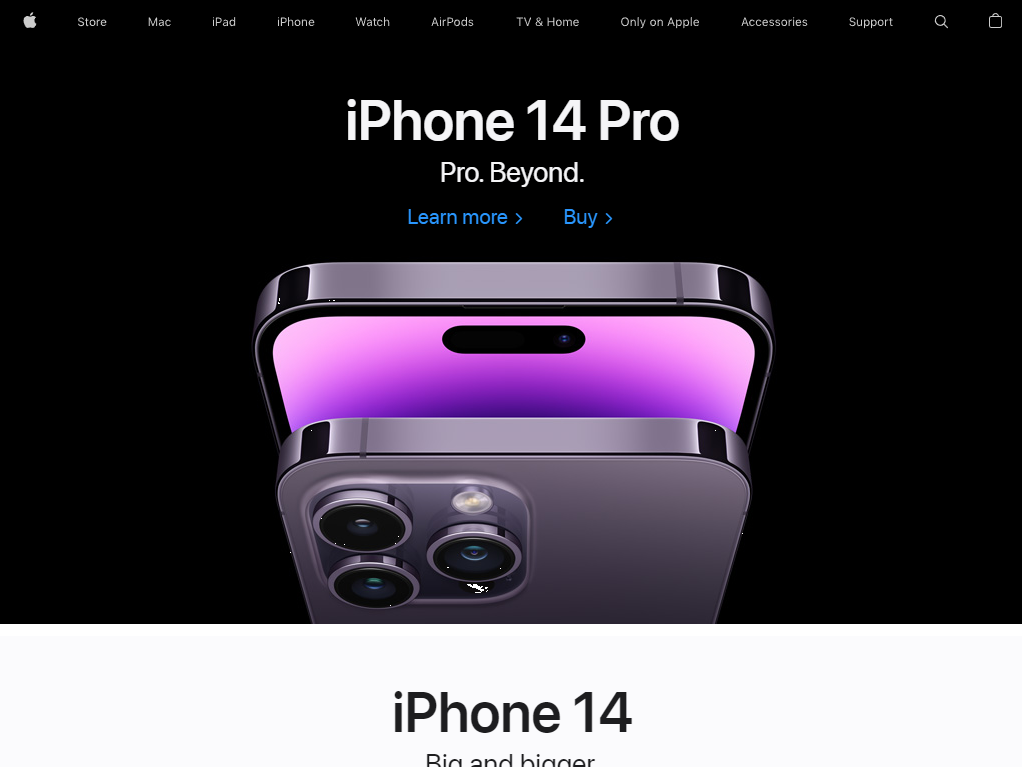
3. Realistic 3D
Realistic 3D designs have become increasingly popular in recent years. 3D graphic design requires a set of specific skills that must be mastered by designers to create truly realistic and stunning designs. This type of design is often used in various industries, including architecture, product design, and entertainment.
Creating a 3D graphic design is a complex process that requires a combination of technical skills, artistic talent, and a good eye for detail. Designers must have a deep understanding of lighting, shadows, and other elements that contribute to the realism of the design.
Whether you’re a seasoned professional or just starting out, the above graphic design example can serve as an excellent reference point for creating realistic 3D designs. With the right skills, attention to detail, and a creative mindset, you can create designs that are not only aesthetically pleasing but also highly functional and effective.
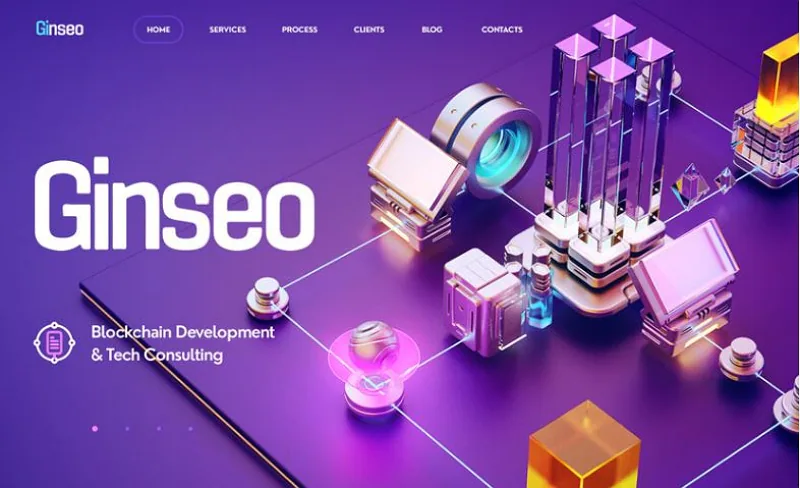
4. Typography
Typography is a popular aspect of graphic design and offers many creative possibilities. A great example of effective typography design can be seen in Elias Aktr’s portfolio. Typography is often used in marketing materials such as posters, brochures, and flyers to convey a company’s message and tone in an impactful way.
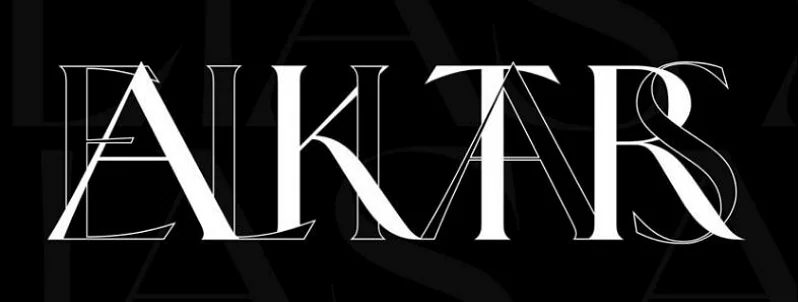
To create a successful typography design, it is crucial to choose the right font that aligns with the brand’s personality and tone. The right font can evoke emotions and convey the brand’s message effectively. In addition, it is important to consider size, spacing, and color to create balance and hierarchy in the design.
However, typography is not just about choosing the right font. It requires an understanding of design principles and the ability to create a design that aligns with the brand’s message. This is why it is essential to work with a professional typographer who can create designs that are both aesthetically pleasing and effective in communicating the brand’s message.
Typography is a crucial aspect of graphic design that can make or break a marketing campaign. By choosing the right font and creating designs that effectively convey the brand’s message, a well-designed typography can greatly enhance the impact of a marketing campaign.
5. Liquid Design
Liquid design, also known as water splash design, is a unique and visually stunning aspect of graphic design. While it may not be as widely used as other forms of graphic design, it certainly has the ability to make a statement and catch the eye of the viewer. The fluidity and dynamic nature of liquid design make it a great choice for projects that require a more organic and flowing feel.
An effective liquid design requires a deep understanding of fluid mechanics, as well as an eye for composition and color. It is not an easy task to create a believable and aesthetically pleasing water splash or liquid design, but with the right skills and techniques, it can be a truly captivating and memorable aspect of any design project.
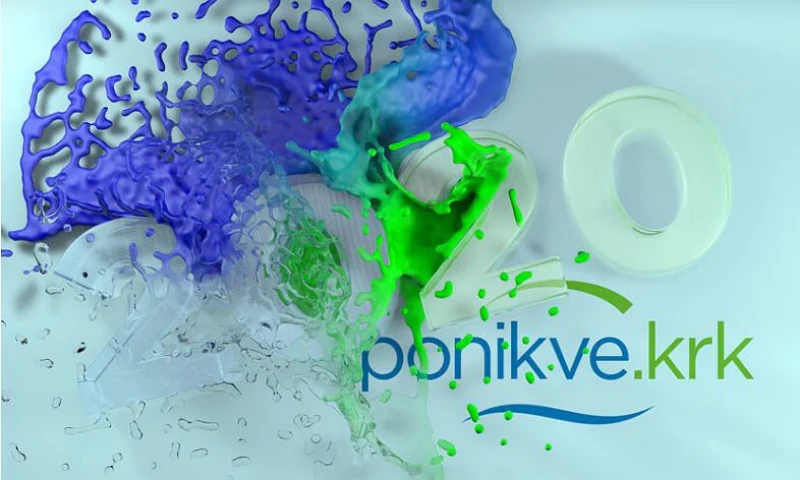
Whether you’re looking to create a stunning water splash logo or a full-fledged liquid design for a promotional campaign, the above example is a great starting point. By incorporating the principles of liquid design into your next project, you can take your designs to the next level and create something truly unique and memorable.
6. Marketing design
Marketing design is a branch of graphic design that focuses on the visual representation of marketing initiatives. The goal of marketing design is to communicate a specific message to the target audience through visually appealing materials. Marketing designers work on a variety of projects ranging from small promotional emails to large trade show booths, and everything in between.
Marketing designers may work on visual design for:
- emails
- newsletters
- billboards and other signage
- posters
- print ads
- trade show booths
- physical mailers
- website assets
Marketing design and brand design do have similarities, but they serve different purposes. While brand designers focus on establishing the overall guidelines and messaging for a brand, marketing designers concentrate on creating visuals for specific campaigns or assets. For example, a marketing designer in the fashion industry may work on four separate campaigns for winter, spring, summer, and fall, all of which need to align with the brand’s overall design.
Just like in the case of Starbucks, where all marketing campaigns must adhere to the same creative expression guidelines, marketing design needs to align with the brand’s overall design to ensure consistency in messaging and tone. In conclusion, marketing design is a critical component of a brand’s marketing strategy, and it requires creativity, technical skills, and an understanding of the target audience to create effective marketing materials.
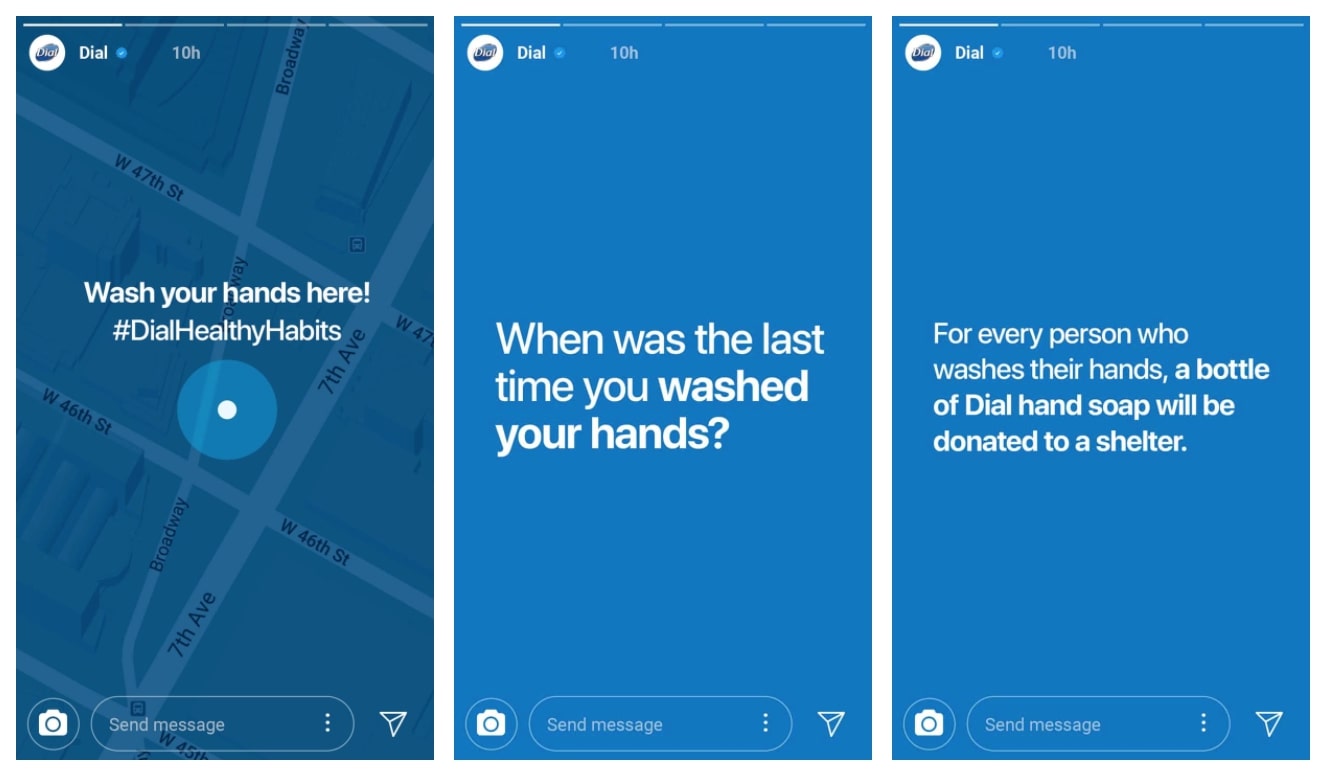
7. Packaging design
Packaging design plays a crucial role in the marketing and branding of products. It is often the first thing that a customer sees and it can have a big impact on their purchasing decision. The design of a product’s packaging can make it stand out on a store shelf and give it an edge over the competition.
For example, packaging design for food products needs to be visually appealing, informative and functional. The packaging should accurately reflect the contents inside and be able to preserve the food’s quality and freshness.
In addition, packaging for gadgets and electronics needs to be sturdy, practical, and able to protect the item inside. On the other hand, packaging design for designer jewelry should be luxurious, and elegant and showcase the item inside.
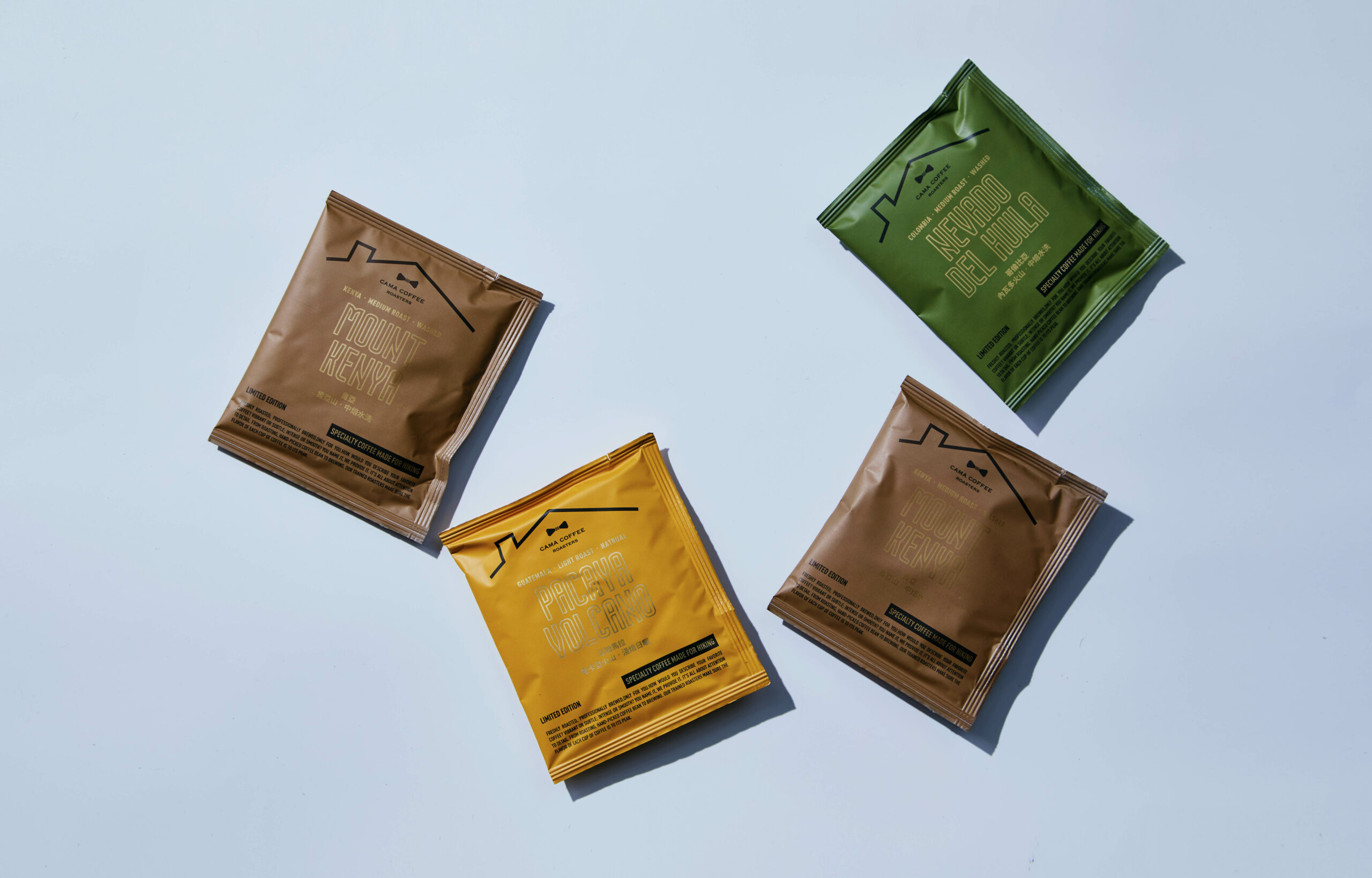
Good packaging design requires careful consideration of several factors, including the target audience, brand values, and the purpose of the product. It should effectively communicate the key features and benefits of the product and entice the customer to make a purchase. The design should also be cost-effective, practical, and sustainable.
Packaging design is an important aspect of product design that can impact a customer’s buying decision and the overall success of a product. It should be well thought out and executed, taking into account the product’s intended use, target audience and brand values.
8. Editorial design
The term ‘graphic design’ originated from editorial graphic design and today it continues to play a crucial role in both print and digital editorial publications. This type of graphic design spans a variety of mediums, including books, magazines, newspapers, emails, and digital publications.
The role of editorial graphic design is to help set the tone for a publication and enhance the written content. A well-placed pull quote in a printed interview or a beautifully laid-out recipe book are examples of the impact that editorial graphic design can have on the reader’s experience. It can amplify the written word and bring a publication to life.
Publication design spans:
- books
- magazines
- newspapers
- emails and digital publications
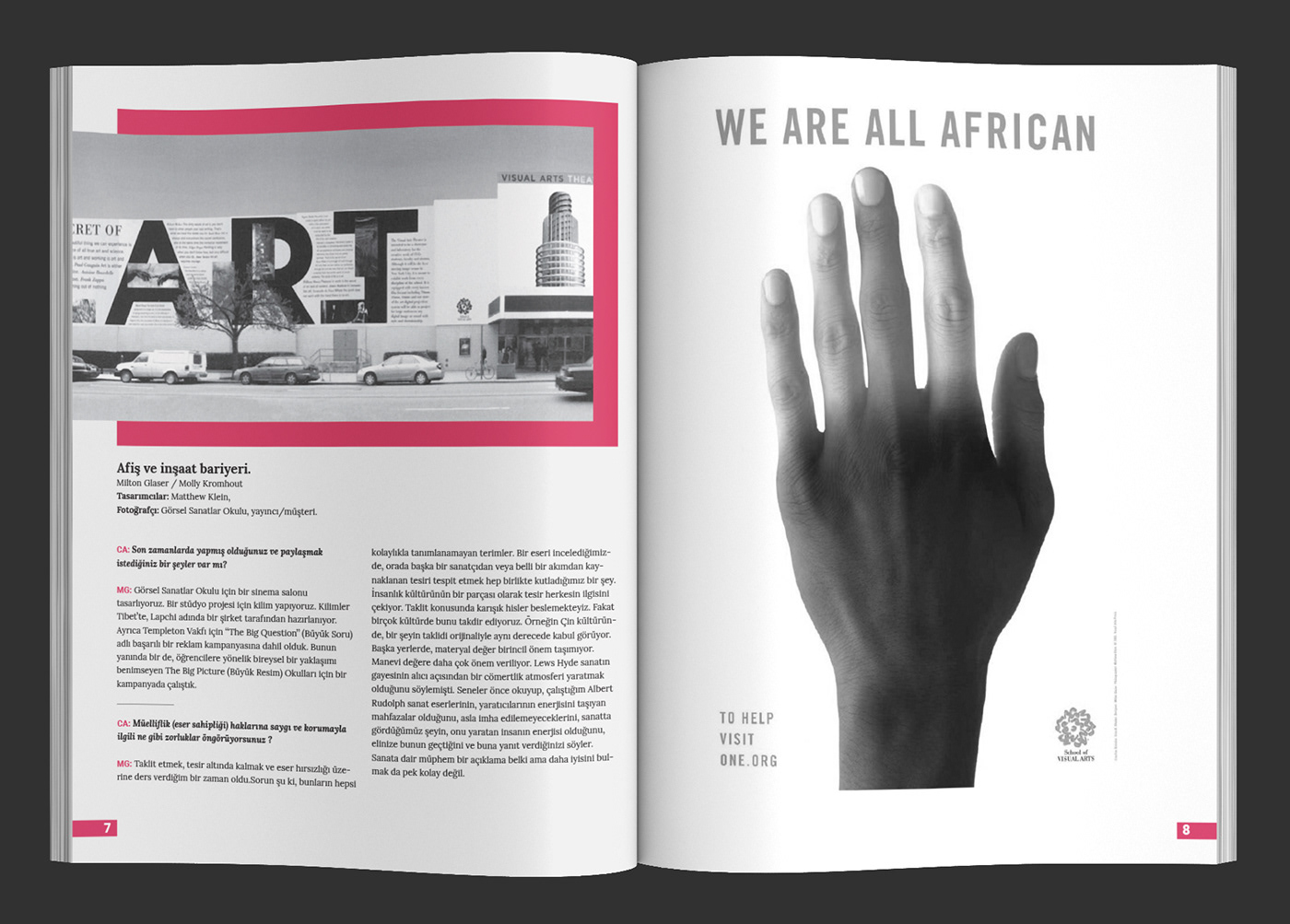
9. Illustration design
Illustration design is a specialized field within graphic design that focuses on creating visually compelling images and illustrations. These illustrations can be used for a wide range of applications, from children’s books and t-shirts to websites, social media, and marketing campaigns.
Illustrators may design visual assets for:
- children’s books
- t-shirts and other wearables
- cards and stationery
- websites
- social media
- video and interactive media
- marketing campaigns
Illustrators often work as part of larger design teams, providing individual assets that contribute to the overall look and feel of a project. They may use a variety of tools and techniques to create their artwork, including digital tools such as Adobe Illustrator, Photoshop, or Procreate, or a combination of digital and traditional methods like pencil and paper.
The styles used by illustrators can be vastly different from one another, with some preferring a more realistic or detailed approach, while others prefer a more stylized or abstract aesthetic. Regardless of the style, the goal of illustration design is to visually enhance and complement the message being conveyed.
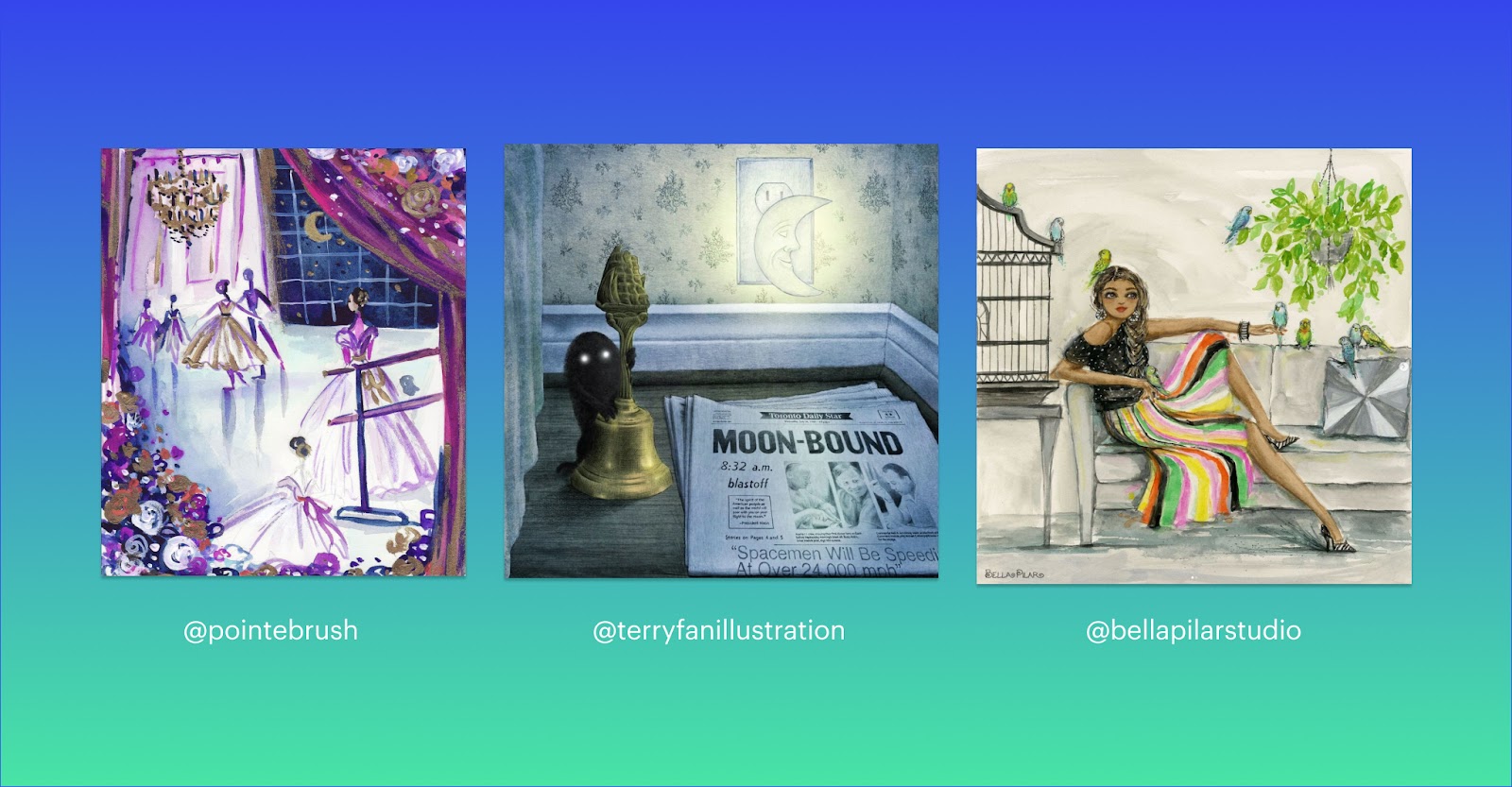
10. Infographic design
Infographic design is a way to present data or information in a visual manner that is easy for the viewer to understand. This type of design comes in various forms, including 2D illustrations, interactive elements on a website, or even videos. The purpose of infographics is to simplify complex information and make it more accessible to the audience.
An example of an interactive infographic is one created by the University of Washington, which presents the findings of a research study on the impacts of the lunar cycle on sleep patterns. The design uses various visual elements to break down the data and help the viewer easily understand the information.
The use of interactive elements such as hover effects and clickable elements makes the experience more engaging and interactive, allowing the viewer to interact with the information in a meaningful way.
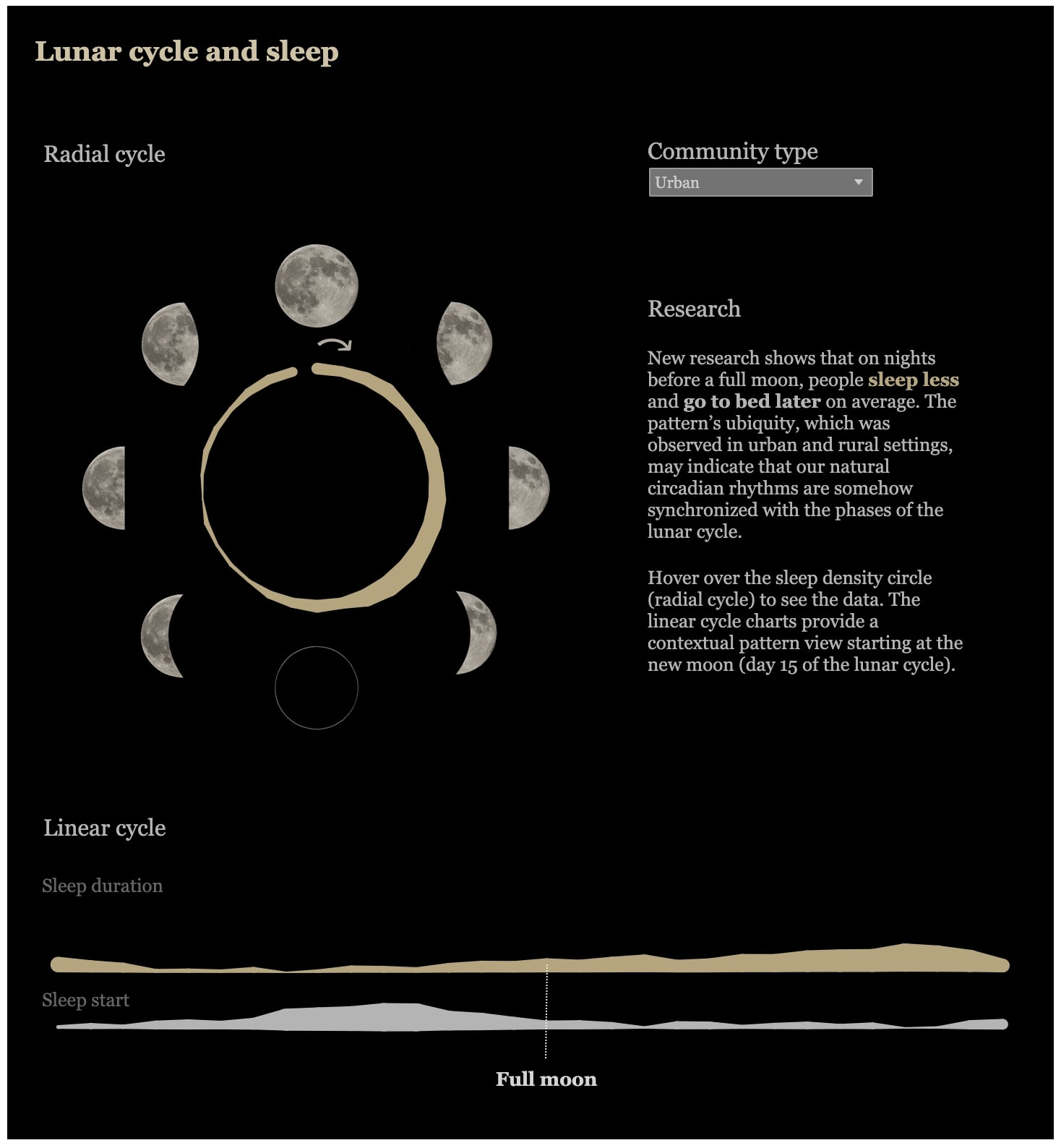
Design isn’t Complicated
In conclusion, there are endless possibilities when it comes to design. From vibrant colors to geometric shapes, the combinations are truly limitless. Whether it’s for a website, an app or a logo design, examining the above examples is an essential part of understanding how powerful and visually pleasing designs can be.
When it comes down to design, always remember great design doesn’t have to be complicated. Instead, try keeping it simple and making sure your visuals communicate the message you want them to efficiently.
Take the time to familiarize yourself with different design principles, styles, and methods to help you create unique and eye-catching designs that will serve their purpose for years to come. With these tools in your arsenal, the possibilities are endless.
